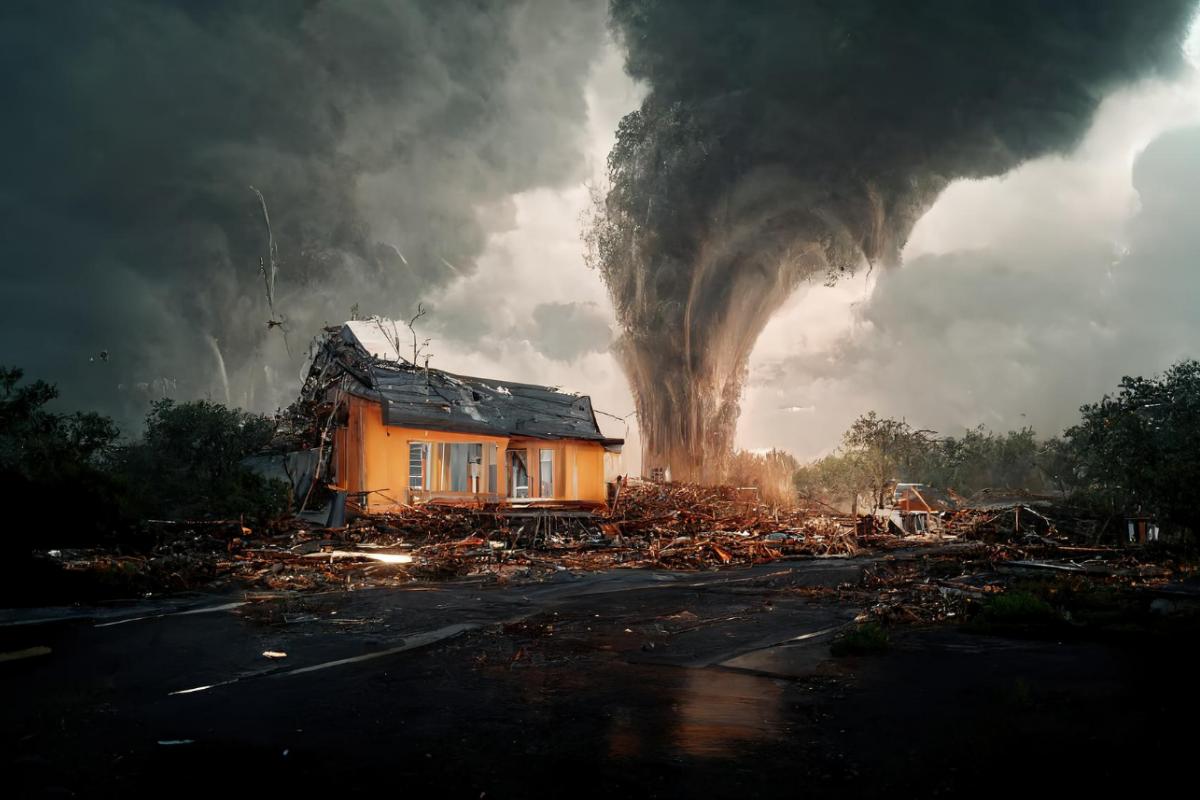 (888) 979-7969
(888) 979-7969
 (888) 979-7969
(888) 979-7969

Tornadoes are widely regarded as one of the most potent and violent weather events, leaving harm and destruction in their wake. According to the National Oceanic and Atmospheric Agency (NOAA), around 1,200 tornadoes hit the United States every year. According to our expert on property claims in Central Florida, here's what homeowners need to know about tornado safety before, during, and after severe weather events.
While tornadoes can happen unexpectedly throughout the year, they are most dominant from March to July, with peak tornado season ranging by region. Tornadoes can hit virtually anywhere – and have been documented in all 50 states – but specific areas are most at risk, including the southern Plains, the northern Plains, the Gulf coast, and the upper Midwest. While tornadoes can occur at any time, they typically materialize between 4 pm and 9 pm.
Every family should determine a place they can shelter in minutes. Here are some recommendations to consider:
Preparing your house for a tornado implicates steps similar to preparedness for any other natural disaster:
In addition, some homeowners decide to create safe rooms, which are fortified with concrete or steel to provide additional security. If your home construction didn't include one, they can be constructed in the basement or by reinforcing existing closets or interior bathrooms.
If you've heard this suggestion before for other kinds of natural disasters or house fires, it's because it's useful. Every family should have an emergency plan that has alternatives for communicating with each other to establish their safety and location. Since local phone systems are often overwhelmed, determine an out-of-town contact since that individual might be easier to contact and can track locations for the entire family.
These are some things you need to know about tornadoes. Call us today if you need assistance with property claims in Central Florida. We are here to help!